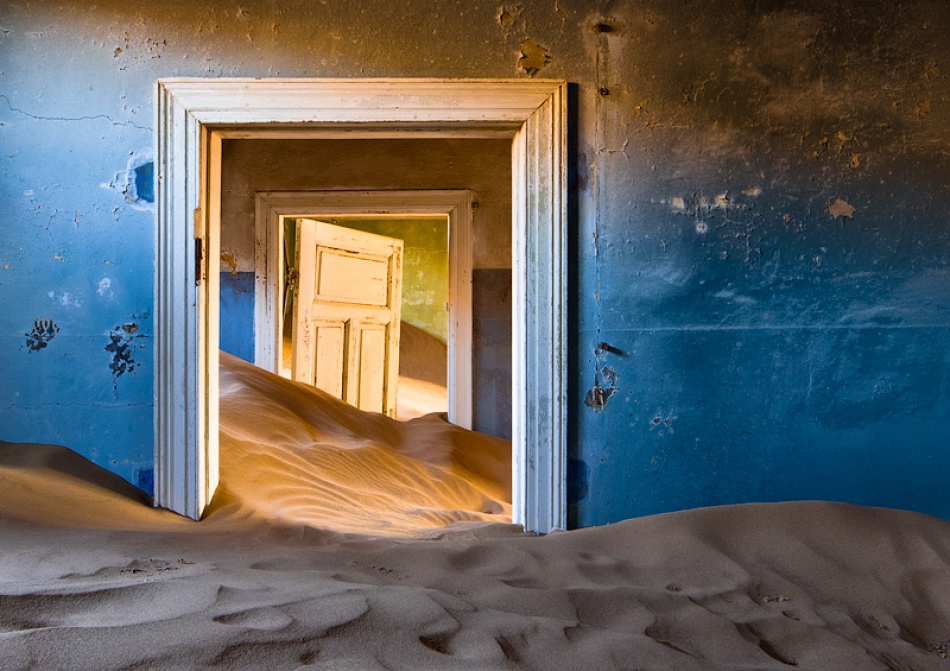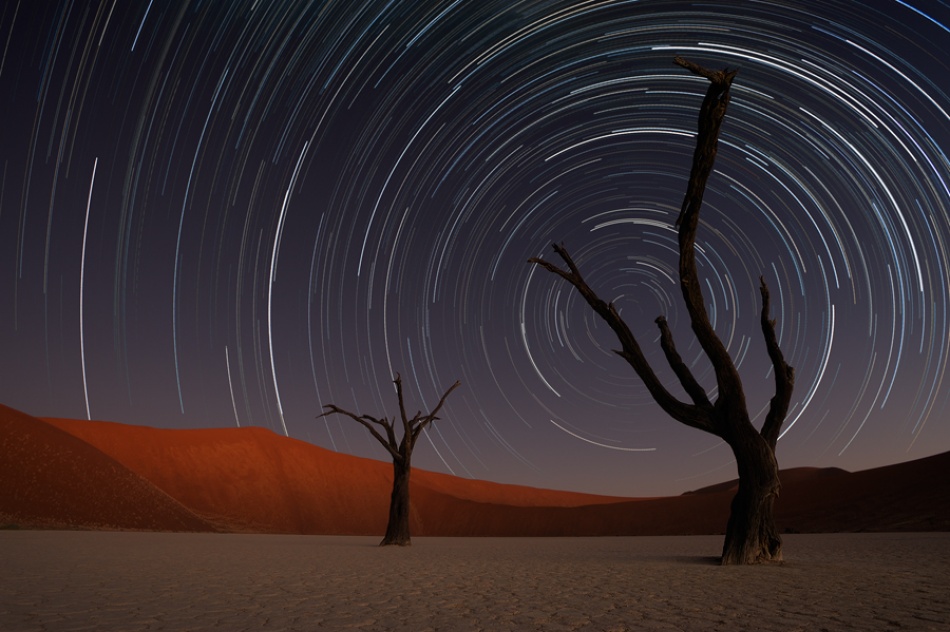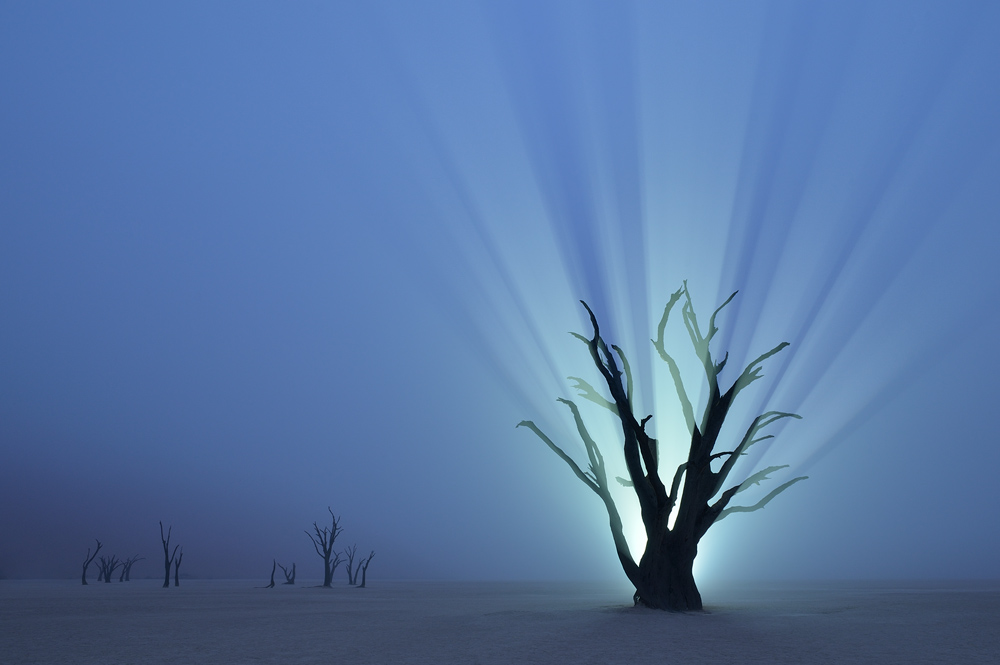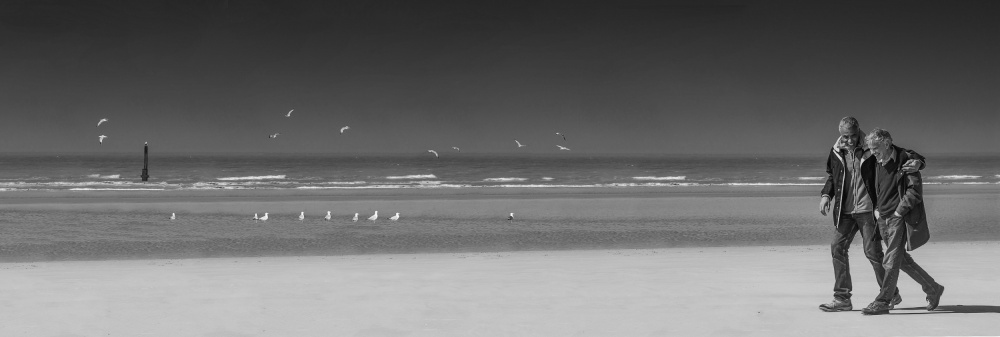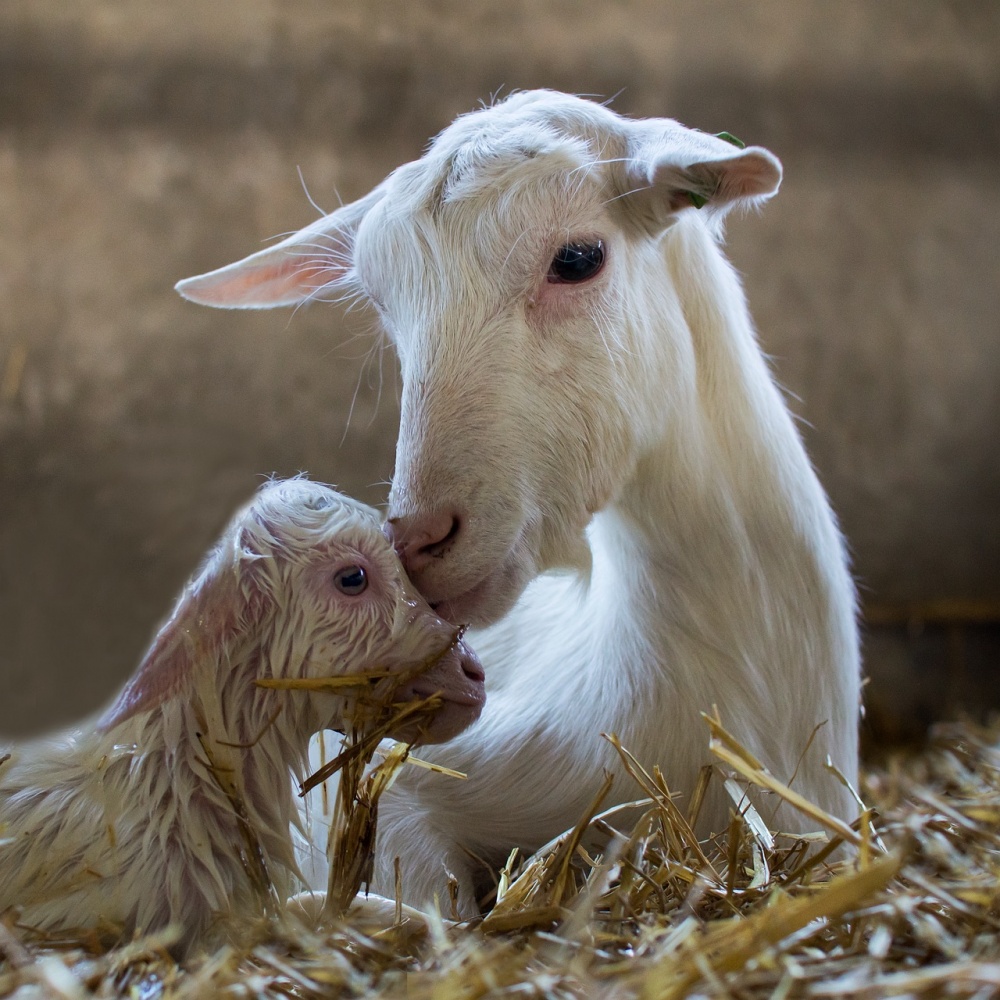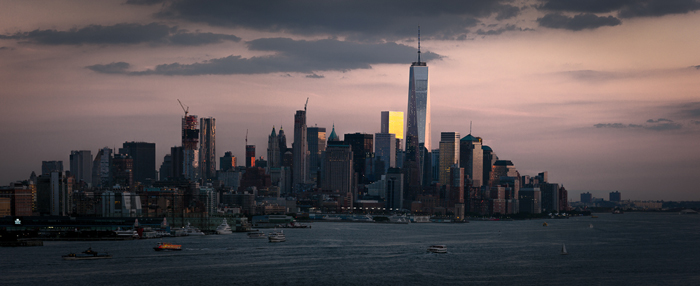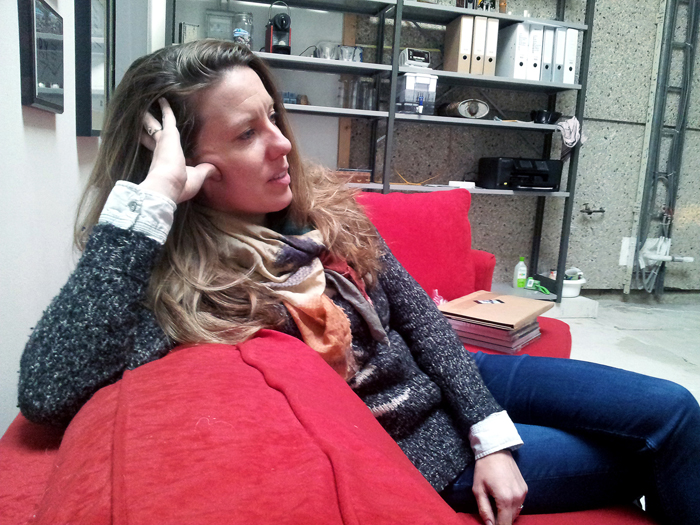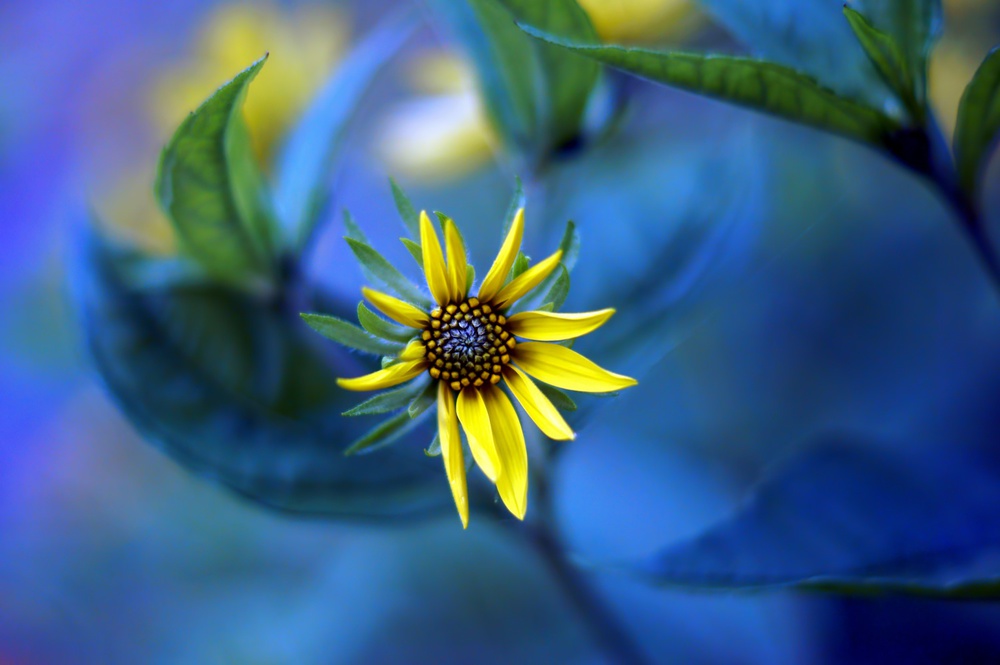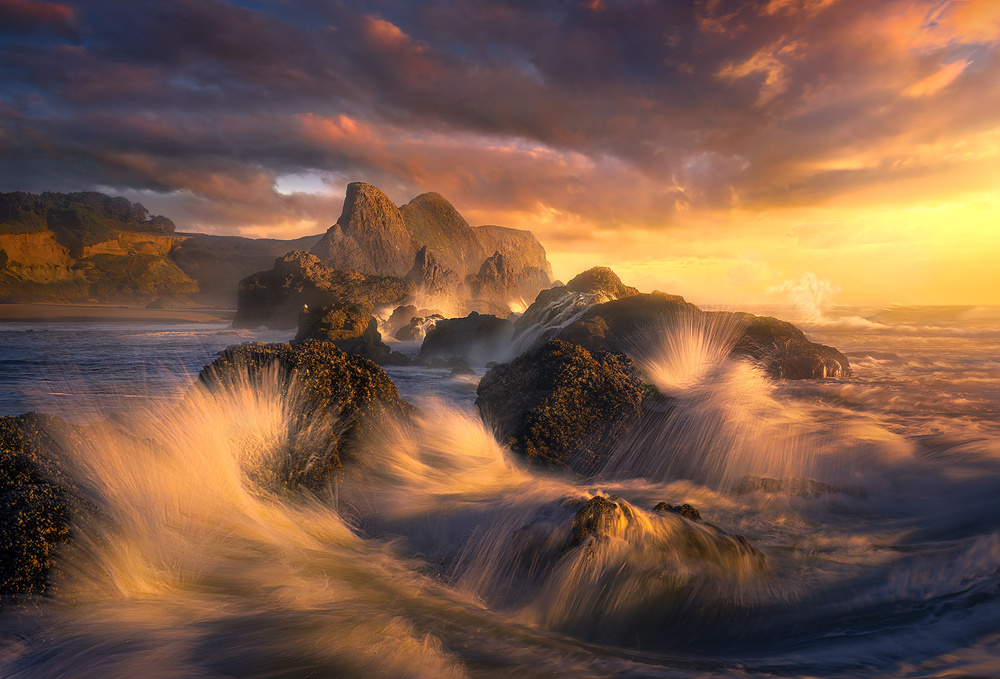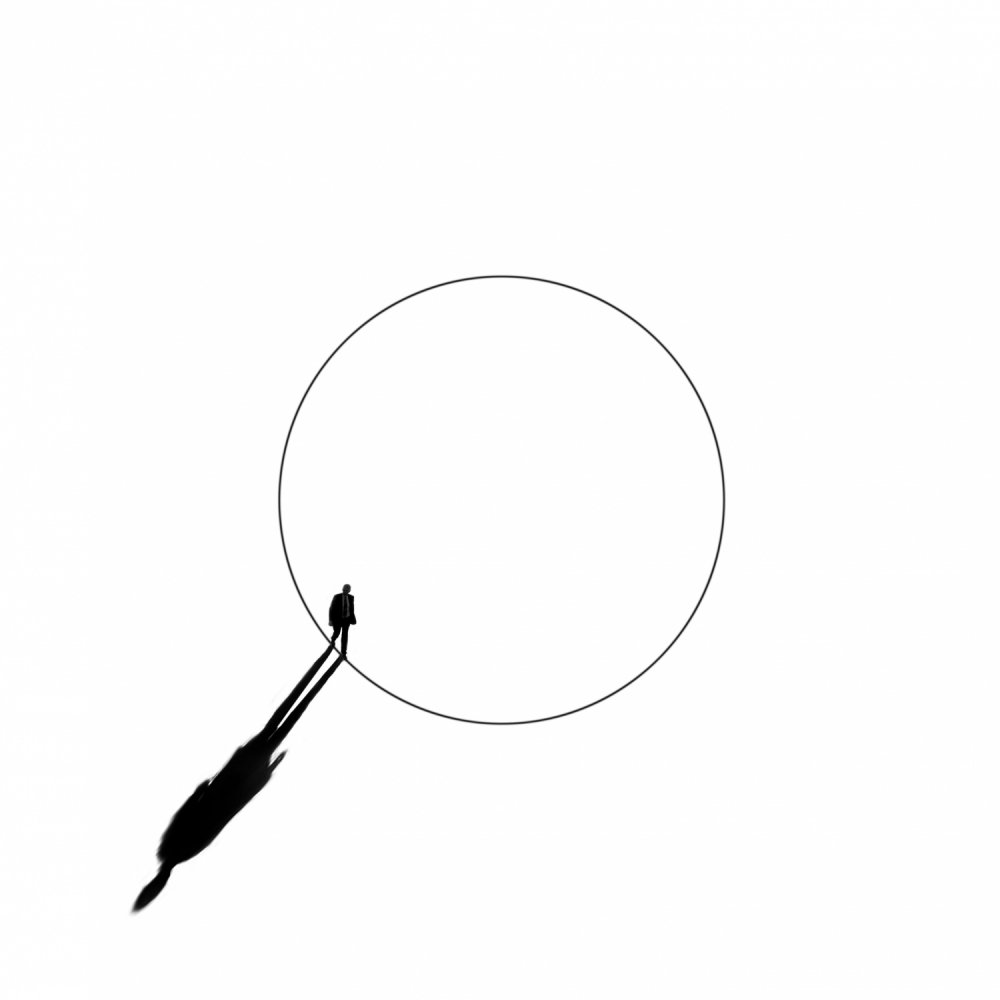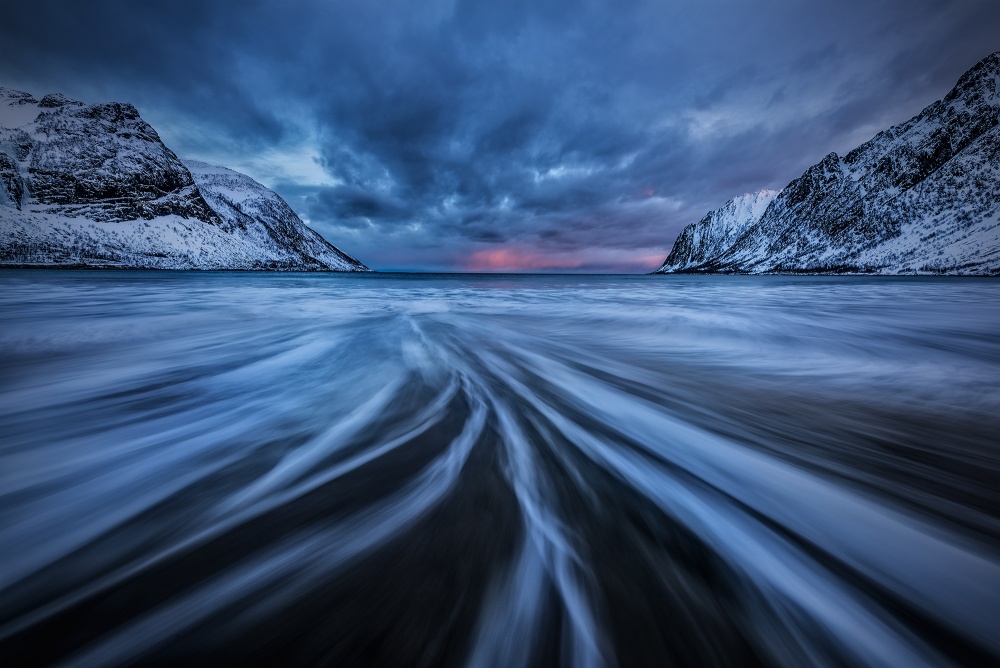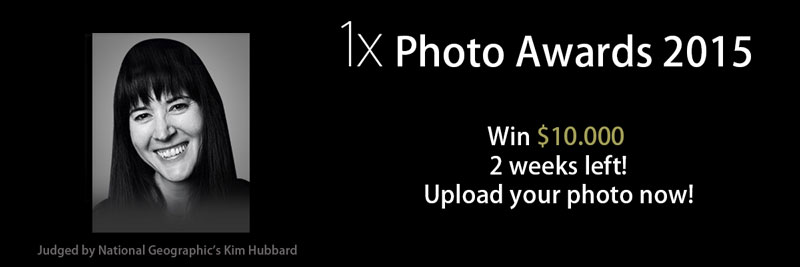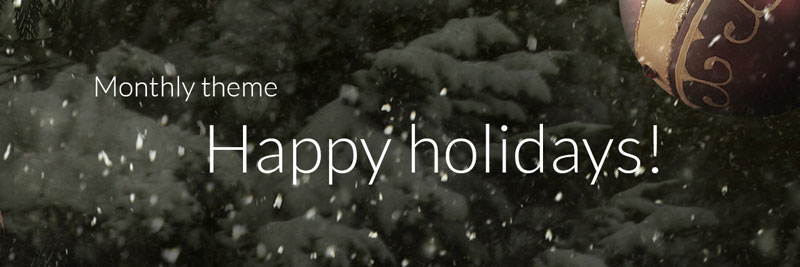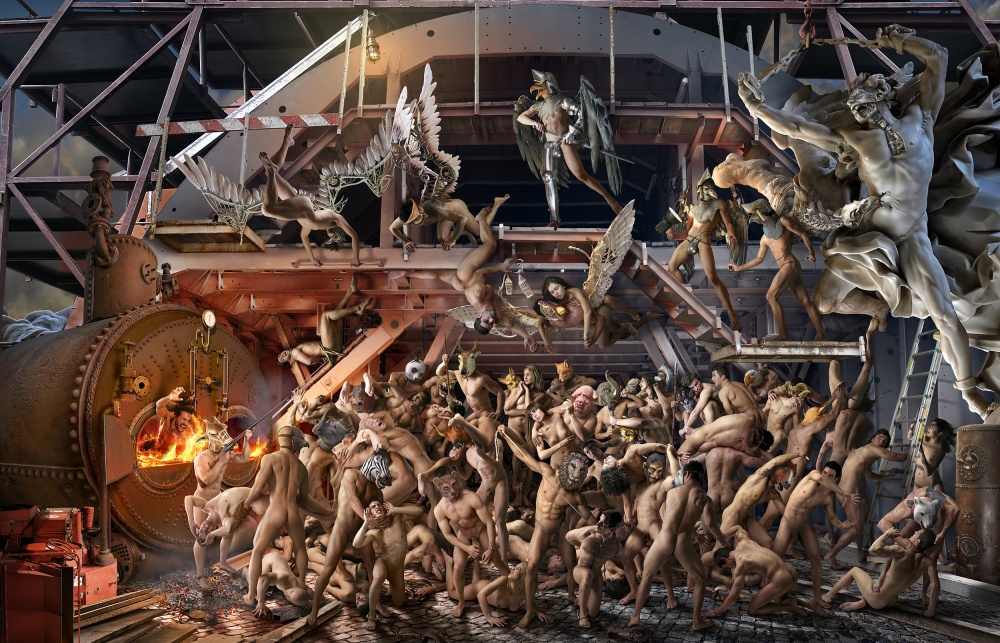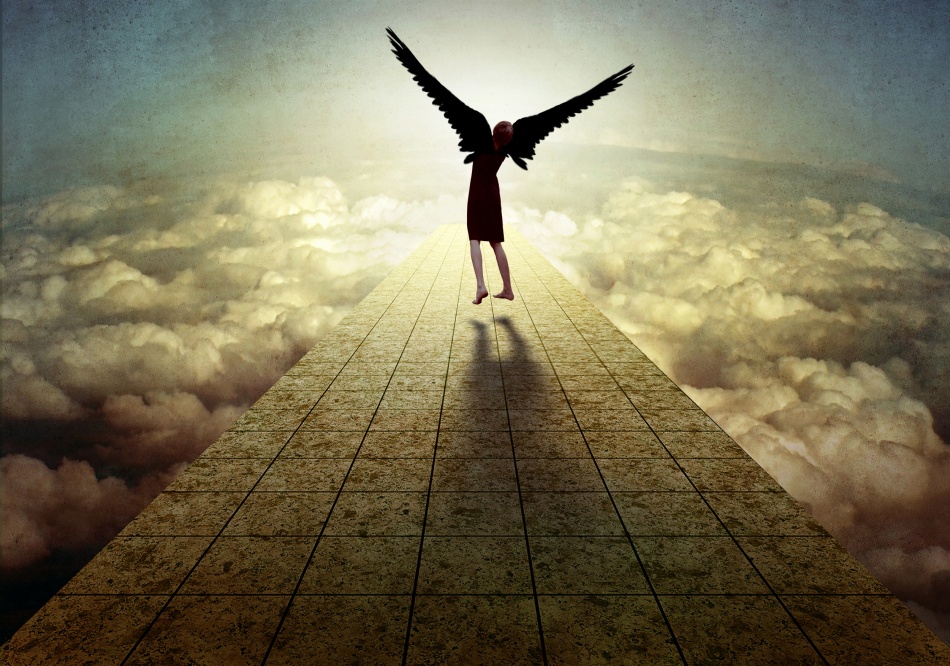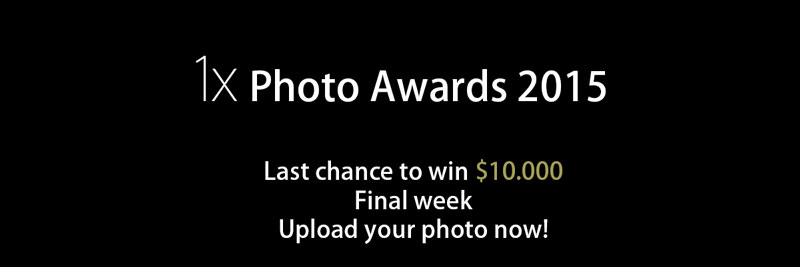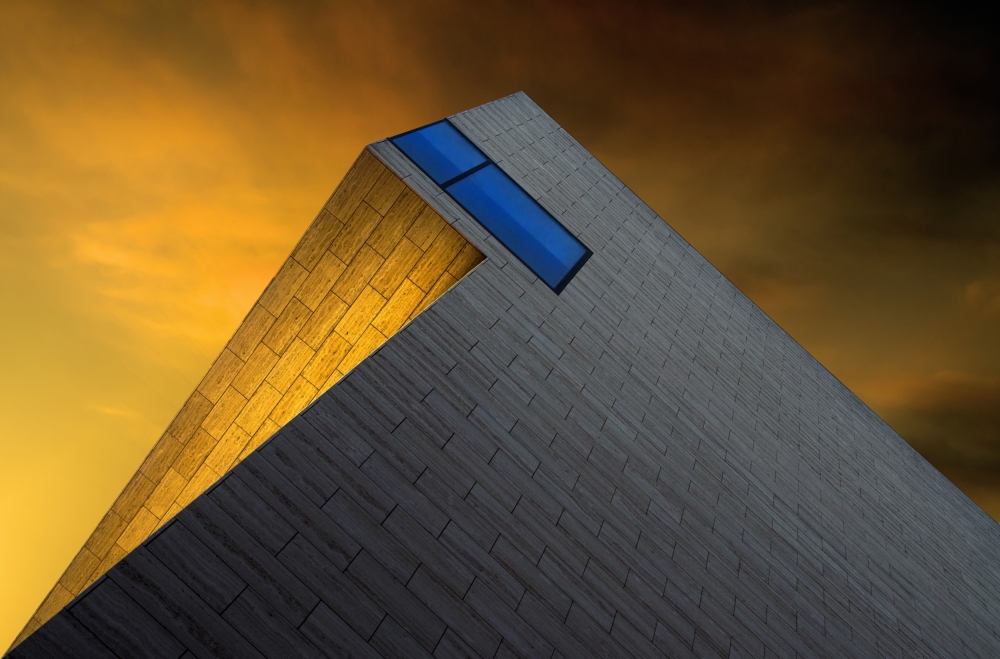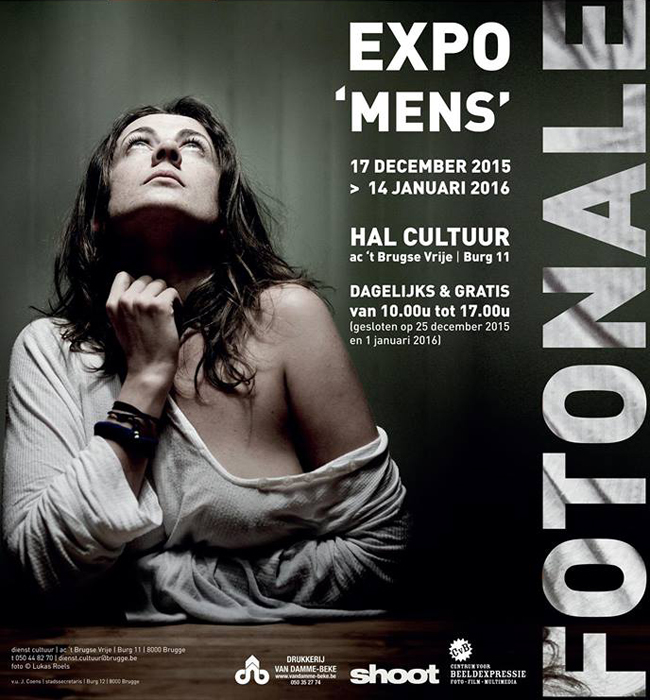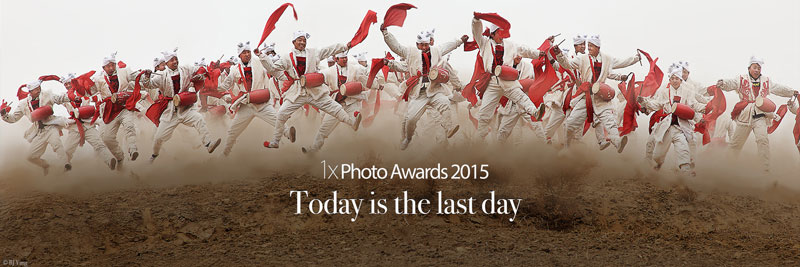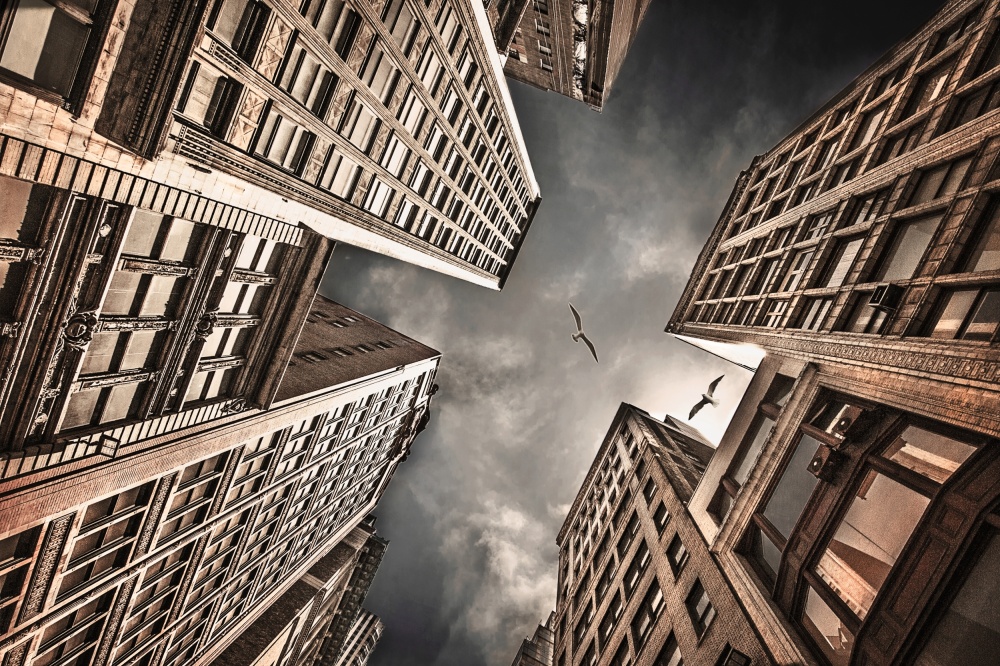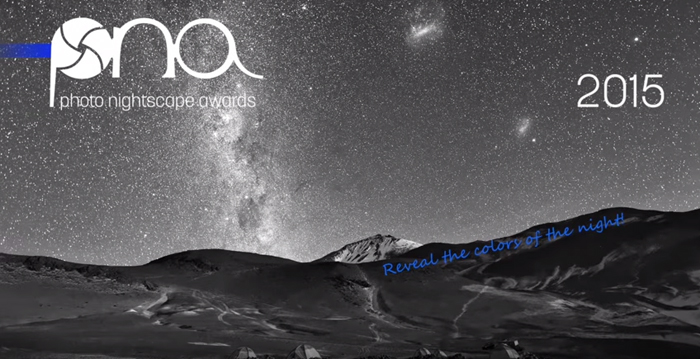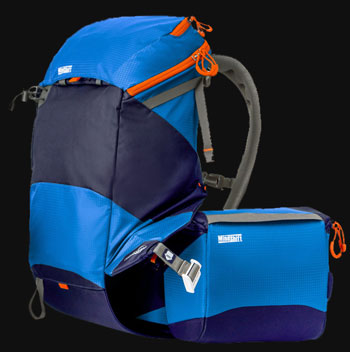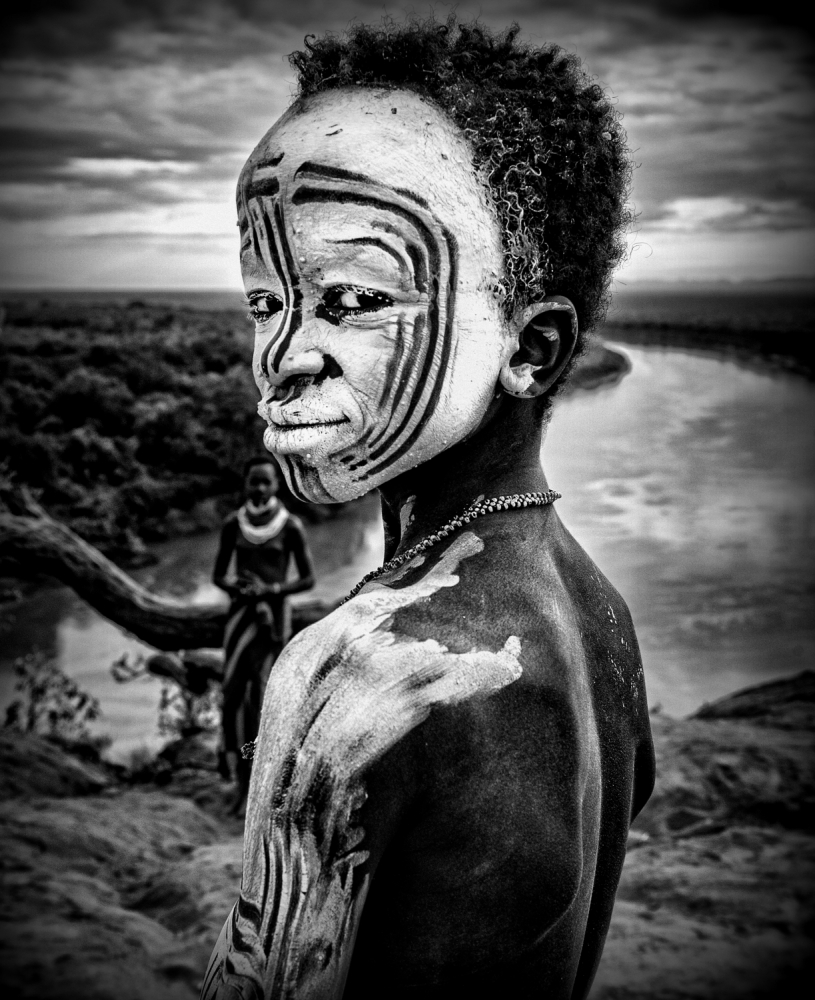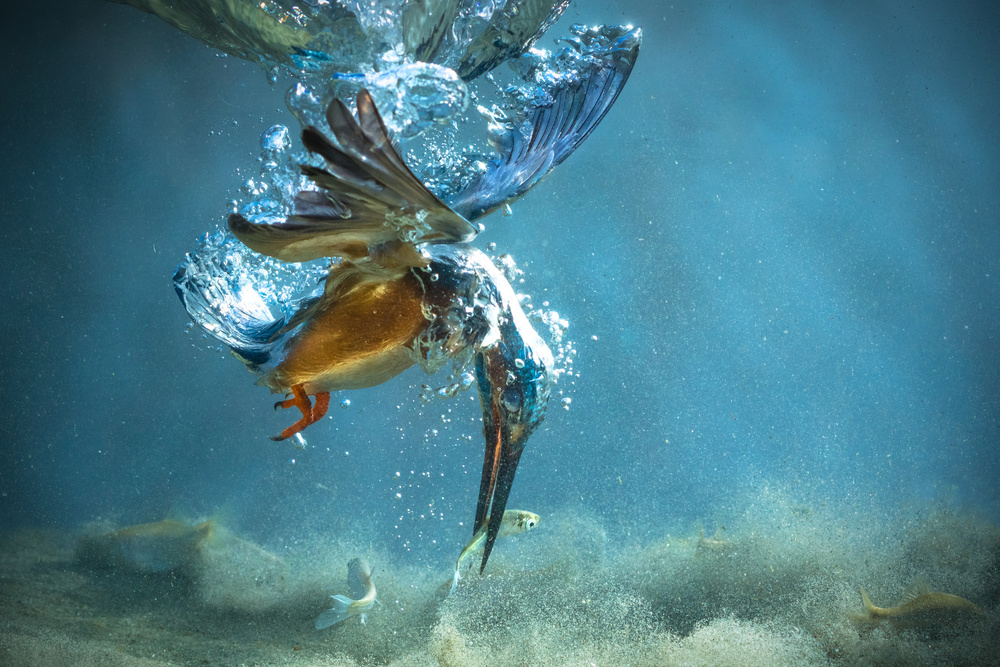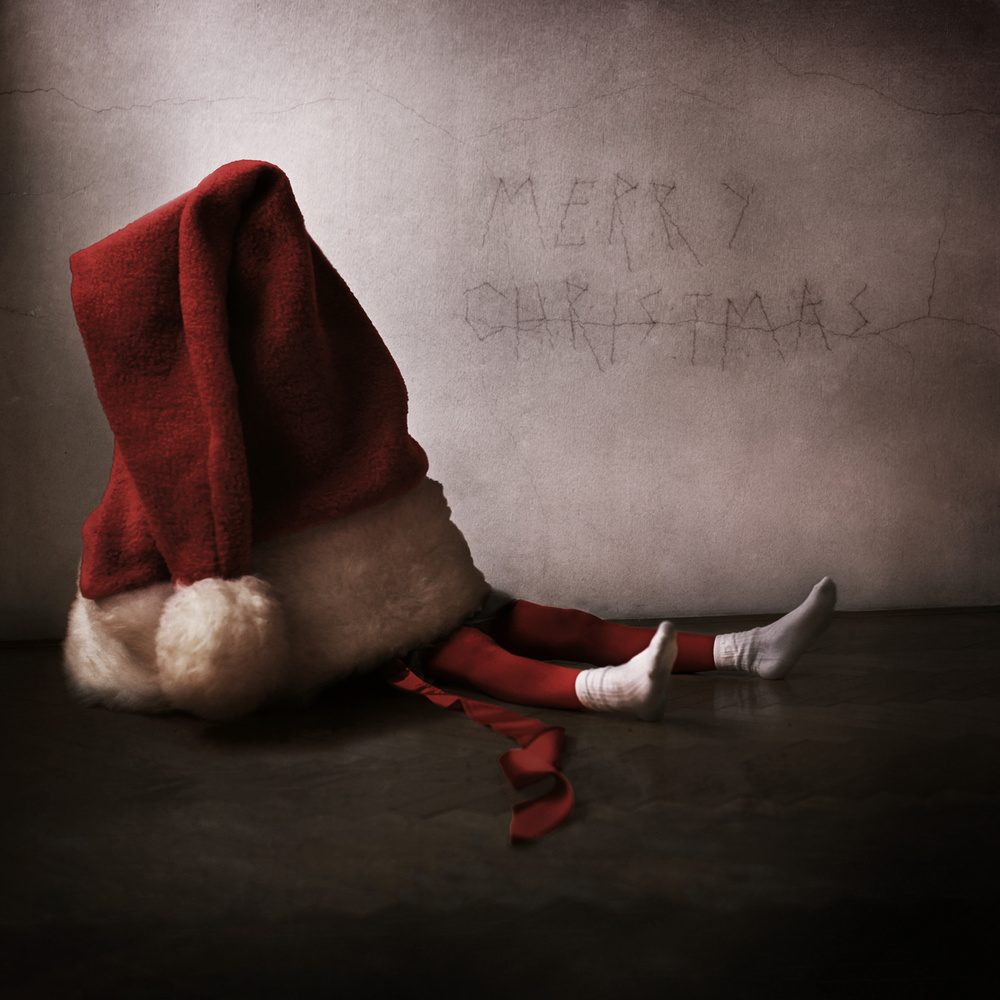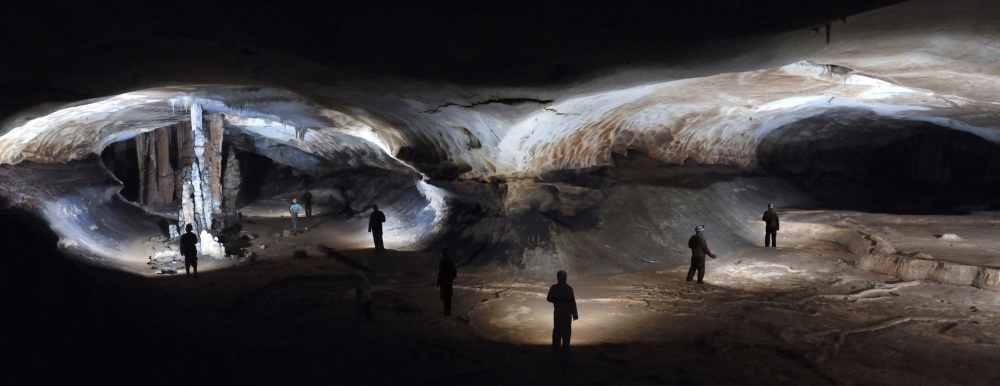Contests
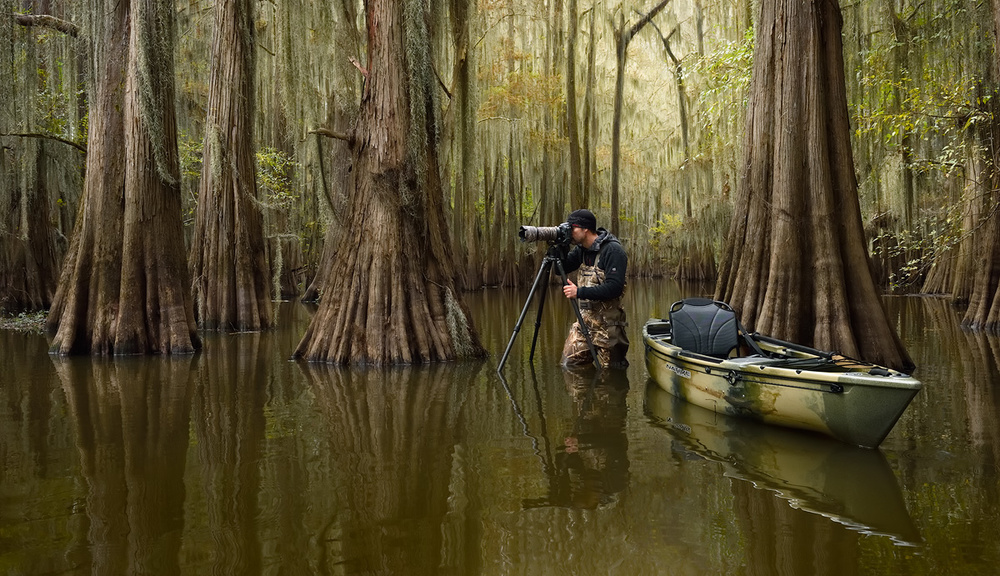
Travel Photographer of the Year 2015: Marsel van Oosten
1x Blog ContestsWe are proud to present you this interview with Marsel van Oosten, award-winning professional wildlife and nature photographer.
I like to thank Marsel personally for taking the time to answer my questions. He is not only an acomplished and successful photographer but seems to have a warm personality and a fine sense of humour.
Marsel won the title “Nature Photographer of the Year” in the International Photography Awards two times in a row, three First Prizes in previous editions of the IPA, First Prize in the European Wildlife “Photographer of the Year” competition, First Prize in Nature’s “Best International Photography Awards”, two First Prizes in the Travel Photographer of the Year Awards, First Prize in the BBC/Veolia “Wildlife Photographer of the Year” competition, and most recently he won their overall title “Travel Photographer Of The Year 2015.”
His images have been featured in galleries and museums, used worldwide in advertising and design, and he also is a regular contributor for National Geographic.
Marsel, can you briefly tell us about yourself, your hobbies and other jobs.
I was born in Rotterdam, The Netherlands, on the same day as 349,000 other babies worldwide. People from Rotterdam are known for their bluntness, their dry sense of humour, and their no-nonsense attitude - people that know me will very likely say that all those traits also apply to me.
After university, I went to art school where I got a degree in graphic design and art direction. Straight after graduation, I got a job as an art director at one of the largest advertising agencies in the world, BBDO. For 15 years I have worked in advertising, and then I had enough. I decided to turn my out of control photography hobby into my profession, and to become a professional nature photographer. Shortly afterwards, my wife Daniella and I started Squiver (www.squiver.com), a company that organizes specialized nature photography tours for small groups of all experience levels, to exciting destinations worldwide. That was 9 years ago, and we’ve never looked back.
In my spare time I like to watch good TV-series (such as Game of Thrones, The Walking Dead), and when I’m processing images, I listen to death metal music (such as Septicflesh, Behemoth), and to podcasts on philosophy and sceptical thinking. My favourite food is kingklip, and I like Ben & Jerry’s and Nutella more than I should.
How have your history and life experiences affected your photography?
Which are your most important experiences that have influenced your art?
My father is a very creative person. As long as I can remember, he was always drawing or building stuff. He even built his own house. So to a large extent, I think it’s genetics - I was simply born with an artistic gene. Art school also had a big influence, because that’s where I learned to think outside the box.
One of the classes I did was sculpturing. We had to make a clay sculpture that we worked on for a couple of weeks. During the evaluation, each student had to explain to the teacher what he or she had done, and why. When it was my turn, the teacher asked me to pick up my sculpture and throw it against the wall. I thought he was joking, but he was not. So I picked it up, and threw it against the wall. Being clay, the sculpture stuck on the wall for a couple of seconds, and then fell onto the floor. My teacher then asked me to have a second look at the now severely deformed lump of clay, and wondered whether I thought my action had improved the piece. I thought it had. What I learned, was that you have to give chance a chance: those who try the absurd will achieve the impossible. In my photography I always try to experiment, even though it’s not nearly as extreme as during that past experience.
Art school was also the place where I got introduced to the work of German landscape painter Caspar David Friedrich (1774-1840). His paintings characteristically set a human presence in diminished perspective amid expansive landscapes, reducing the figures to a scale that directs the viewer's gaze towards the metaphysical dimension. When I first saw his work back in art school it made a big impression on me, and it's been a source of inspiration ever since. In my landscape photography I also like to include small human or animal elements to add a sense of adventure, awe and scale.
The other big influence on my photography was my career in advertisement. For 15 years I have worked closely together with many great photographers - watching them work on lighting, angles, framing, composition, and post processing, has shaped me into the photographer I am today.
What first attracted you to photography?
When I was in art school, I wasn’t interested in photography. The prospect of having to spend hours on end in my bathroom, messing around with chemicals, didn’t appeal to me at all. It wasn’t until I started working as an art director in advertising that I started to learn and appreciate photography. I quickly realized that a good ad needs a good photograph to catch people’s attention and to communicate the concept clearly. Eventually, I picked up a camera myself and started snapping away on holidays and road trips. At first, I got really frustrated with my results - because of my work, I knew exactly what makes a great photograph, but mine really sucked. The problem was that I knew everything about the creative part of photography, but virtually nothing about technique. As soon as I got that part down as well, the quality of my images improved dramatically and photography quickly turned into a serious hobby.
In the beginning I was a photographic omnivore, but after a while I noticed that I particularly enjoyed photographing nature - landscapes and animals. I love nature and the outdoors, and spending time outside was almost therapeutic at times when it got really hectic at the agency - which was most of the time. The last couple of years of my advertising career I didn’t enjoy my job as much anymore, mainly because of the tight deadlines, the high stress levels, and the many creative restrictions imposed by clients. When I was taking photographs in nature, there were no deadlines, there was no stress, and I was the only person responsible for my creativity. It was during those moments that I felt really alive, and that’s when I decided to quit life in the fast lane and change careers.
Describe your overall photographic vision.
I’m a pragmatic aestheticist, and I enjoy creating order from chaos: simplicity is the ultimate sophistication. I majored in graphic design and art direction, and you can still see the influences from that in my work. For me, photography is like graphic design - you’re dealing with a number of elements that usually have no order, and I enjoy creating that order. Like my graphic design, my photography is all about shapes and how they are arranged inside the frame. I prefer to work with powerful shapes and graphic lines, and I’m allergic to clutter and distractions. My photography resembles the interior of our house - clean, uncluttered, well-balanced, to the point. Sometimes people say that my work is too clean, and I take that as a compliment.
Why are you so drawn to nature and wildlife photography?
Having worked in advertising for a very long time, I am partly responsible for making people believe that they need to buy new stuff. Advertising is extremely powerful, and it actually shapes and changes people’s lives. I used to be very materialistic - the result of making a lot of money when you’re young. At first it was great to have the best this and the latest that, but eventually I realized that it was all very shallow. Life isn’t about stuff, it’s about living. In nature I felt so much more alive, and without the need for any stuff. Well, except for my camera gear of cause.
The world of advertising is a world of make belief. No matter how crazy the concept was that I came up with, as soon as the client had approved it, I picked a photographer or a director and we made it happen. But in ads and commercials, things are never what they seem, the truth is always distorted. Every single photograph that I used in my ads had been heavily manipulated. What attracted me to nature photography, was that it is very straightforward - what you see is what you get. Sure, you can go wild and experiment with filters and other techniques, but the essence hardly ever changes. Nature doesn’t lie. In a world where everyone is pretending to be someone else and nothing is what it seems, I found that very refreshing. It felt liberating. leaving the materialistic, make belief world of corporate life behind.
I have always loved nature and the outdoors, so there really never was any question what my subject matter was going to be.
What is more important to you, the mood/story behind your images or the technical perfection?
The mood and/or the story. Technique is important to be able to get the results you’re after, but it’s a necessary evil. Also, technical perfection is greatly overestimated. Some of the world’s greatest photographs are noisy and not critically sharp. Subject matter, composition, angles, framing, and light are much more important than technical perfection. A lot of photographers are gear freaks with a button fetish, but that’s missing the point of photography. A camera is just a tool, in the same way that a hammer is a tool for a carpenter. Tools don’t create great art, brains do.
What generally is your relationship to your subject matter beyond being an observer?
That really depends on the subject. With some subjects I feel a special connection, so I tend to enjoy shooting those more. We were the first company in the world to set up a photo tour to Namibia, at a time when very few people had ever seen images from this amazing country. I love that place, and I have been there countless times now. You would expect me to be sick and tired of it by now, but I’m not - every year I’m looking forward to the tours we’re running there. But there are many other destinations to where we no longer run tours , because we don’t enjoy it as much anymore. Also, it’s a matter of taste. I love animals, but I don’t love all animals equally. With some animals I feel a connection, with others I don’t. For instance, I really like photographing big cats, but I’m not a great fan of birds. I appreciate birds - their beauty and their behaviour, but they don’t excite me as much as other creatures.
Do you carefully prepare the locations where you are intending to photograph?
Yes, very much so. Good preparation is the key to great photographs. For me at least. The first creative decision you have to make as a photographer, is what you’re going to photograph. But once you’ve decided on that, there are many other decisions to be made that can and will greatly influence the creative outcome: where are you going to photograph this subject, when, and how precisely? A lot of animals live in many different places on the planet. If you want to photograph an elephant, you can just fly to South Africa as there are plenty there, but why not to Kenya, Tanzania, or Zambia? They’re the same elephants, but the habitats are completely different. In my photography, the landscape is often just as important as the animal itself, so I tend to spend a lot of time to find a habitat that best fits my photographic style.
Good photographs are often the result of good thinking, not of just aiming the camera and pressing the shutter.
What gear do you use (camera, lenses, bag)?
Cameras: Nikon D4s, D4, and D810
Lenses: AF-S 14-24/2.8, AF-S 17-35/2.8, AF-S 24-70/2.8, AF-S VR II 70-200/2.8, AF-S VR II 80-400, AF-S 200-400/4.0, AF-S VR 105/2.8, AF-S VR 600/4.0
Tripods: Gitzo
Ballheads: Markins
Camera and lens covers: LensCoat
Filters: LucrOit, B+W
Bags: Gura Gear Bataflae and Chobe
Computing: Mac Pro, Macbook Pro, EIZO CG245W monitor, LaCie 5big 2 DAS, Synology DS1812+ NAS
What software do you use to process your images?
Nikon View, Nikon Capture, Photo Mechanic, Adobe Lightroom, Adobe Photoshop, Nik filters, TK Luminosity Masks, Perfect Resize, Noiseware.
Can you tell us something more about your workflow?
When I’m travelling, I download all my images onto my Mac Book Pro, and import and rename them in Lightroom. I then create two backups on small Seagate Back Up Plus portable drives. When I get back home, I move the images from one of the drives onto my LaCie 5big Thunderbolt 2, which is connected to my Mac Pro. From my LaCie 5big I make two back ups - one to my Synology Diskstation 1812+ and one to my Seagate NAS Pro.
I often do my first selection in Photo Mechanic, because I like its speed. The rest of the selections are done in Lightroom. As for processing the RAW files, I used to work with Nikon Capture NX, because it gives me the best results and Lightroom cannot read all the camera settings. However, now that Nikon has downgraded their software to Capture NX-D, it no longer makes sense to work with it - it’s slow, it lacks Nik’s U-Point technology, and it’s very unstable. So now I’m back to Lightroom again, which has changed the way I shoot. For instance, I can no longer use Nikon’s D-Lighting, because Lightroom can’t read those settings. I’m hoping both Nikon and Canon will soon do the rational thing and share their proprietary data with Adobe, so they can improve their RAW engine.
During the RAW processing, I try to do as much as possible in Lightroom to benefit from the RAW data. Once that’s done, I export the files to Photoshop to fine tune the contrast, colour balance and to create the overall look. Photography is like cooking - there is not just one recipe for every single photograph, each image requires a different approach and different tools to get the look I’m after.
You have won many major awards, most recently the overall title Travel Photographer of the Year. What’s your secret?
This is a question I get asked a lot. People are always curious whether there is a secret recipe to success. To a certain extend there is - at least for me. Right from the start I decided to be a nature photographer, as I like to shoot both landscapes and wildlife - nature being the encompassing genre. Most landscape photographers don’t do wildlife, and most wildlife photographers don’t do landscapes. They’re different genres which require entirely different skill sets. Apart from the fact that I like both genres, I am convinced that doing both has made me a better photographer. A magazine once called me a wildlife photographer who thinks like a landscape photographer, and I think there is some truth in that.

"Travel Photographer of the Year 2015 - I"
One of the most important things I’ve learned in art school, and later in advertising, was to detach myself from my own creation and look at my work through the eyes of a random person. Being able to look at your own photographs objectively is a sobering experience, but it’s crucial if you want to make progress and if you want to get noticed.
If you want to stand out from the crowd, you have to do things differently. My work is not revolutionary in any sense of the word, but I do always try to be different from the rest. When I went to Japan for the first time to photograph the famous snow monkeys in hot springs, I was the first photographer to use off-camera flash creatively on that subject. Off-camera flash is nothing special, but it was for that subject. The result was that my snow monkey images were very different from what people were used to seeing, and the series later won me the overall title International Nature Photographer of the Year. I like to think of these things as micro revolutions.
I always try to be the first photographer to do something, no matter how small of a feat it is. This forces me to evaluate what’s already been done, and then I have to look for something that I can do differently. It’s a very simple strategy that has proven to be very successful for me. If trying to be different is not part of your strategy, then chances are that you will end up with something similar to what’s already been done, and no one will notice you.
What is your most important advice to a beginner in nature and wildlife photography and how do you get started?
It’s not about the equipment, it’s about being outside and enjoying nature. Starting with a simple point and shoot or even an iPhone will force you to pay more attention to the composition, viewpoint, and angles, instead of fiddling around with buttons and settings all the time. Once you’re past that, get a more serious camera and read that boring manual. You need to be in control of your camera.For that you need to know all there is to know about it.
That said, the creative part of photography is way more important than the technical part of it. Try to be original, and stay true to yourself. There really is no point to imitate the style of a photographer who you admire, or to copy his or her subject matter. Internet users share almost two billion photographs per day on social media, so if you want to stand out, you need to be different.
Creating your own style takes time. What helped me, was analysing the work of photographers that I admired and then trying to put into words what it was that appealed to me. After a while, you will recognize a pattern, and you should be able to write down what your ideal image consists of. This will make your life as an artist a lot easier, because not only will you know what to look for, you will also know what to stay away from. Knowing what you don’t like is just as important as knowing what you do. For instance: I’ve noticed that I’m not a big fan of the colour green in my images, so I tend to stay away from places where there’s a lot of it, or I go in a different season when the colours have changed or are gone entirely.
I also recommend participating in a photo tour or workshop. Not only is it great fun to spend time with like-minded enthusiasts, you will learn a lot in a relatively short amount of time, and it can be truly inspirational. Just make sure that you pick a photographer who you admire and would like to learn from. Spending a few grand on a good tour will do more for your development as a photographer than spending it on the top of the line camera.
And finally: participate in competitions to see where you’re at. You can’t trust the opinion of your family and friends, so competitions are a good way to find out if your work gets noticed by your peers. If you’re a true artist, you couldn’t care less about what other people think about your work, but most people value the professional opinion of others. Never winning an award or even making it to the finals can be very frustrating, but analysing the winning images later on will teach you a thing or two about what appeals to others. As most photography competitions are money scams or tricks to use your images for free, pick your contests carefully and stick to the big ones that matter.
Are there any specific directions that you would like to take your photography to in the future or any specific goals that you wish to achieve?
One of the downsides to the photography genres that I’m working in, is that we’re supposed to stick to what we’re seeing. As the camera is capable of taking photocopies of reality, the vast majority of people expect that nature photographers do exactly that. The moment you increase the saturation a bit too much or you create some extra shadow detail, the comments will start pouring in: it doesn’t look natural any more. It’s interesting that this is a very typical response for nature photography, but not for any other photography genre or art form. A fashion or nude photographer for instance, can do whatever he wants - it’s all good. And if you walk into a museum, no one will look at a photo realistic landscape painting and comment that it probably didn’t look like that in reality - we simply don’t expect paintings to depict reality as it was.
At times, I feel stuck in this corner that I wiggled myself into. Of all the photography genres, nature photography - so that’s landscape and wildlife photography - makes the least creative progress in my opinion. That’s because we have to stick to “reality,” or else our work becomes “photo art,” which is frowned upon by most nature photographers. My genre is very strict, very conservative. There are a lot of things we’re not supposed to do in terms of post-processing for instance. A photographer like Nick Brandt creates amazing black and white images of African wildlife, but it’s clearly processed beyond what the scene actually looked like. To me that’s no problem, as nature is still the main subject and the difference is only in the amount of post processing. However most of my colleagues feel differently about this. For some reason nature photography has ended up in the same category as news photography, and photography for forensic evidence, scientific research, and educational purposes - fixated on “the truth.” For me, nature photography should not be in that corner - it’s an art form and in art there are no rules, only the ones you set up for yourself.
In the near future I would like to explore my artistic horizons with side projects that show nature in a much more artistic and less traditional way. If that sounds vague, that’s because it is.
Describe your favourite photograph taken by you and why it is special to you?
A few years ago I won an important award in the Wildlife Photographer of the Year competition with an image from Deadline, Namibia, called “Resurrection.” I shot the image at a time when all other landscape photographers said that it had become impossible to get anything original from that location, as “it has been shot to death.” It was nice to prove them all wrong, but what was particularly good about it, is that the image was the result of pre-visualization, planning, and a lot of patience. It is one thing to see something beautiful and capture it with your camera, but to see something that’s not even there yet and then create it, for me that’s what creativity is all about - it’s about vision. The third reason this image is special to me, is that I was once the world’s first photographer to shoot a series of night images at this location. Since then, there’s been a huge influx of landscape photographers wanting to do the same thing, and for me to have shot something completely different from everything else that has ever been shot there, is evidence for the special bond I have with this surreal place. And there’s even a lesson in there: it is always possible to create something original, even if it seems that it no longer is.
It’s hard to make a living off nature photography, how do you make it work?
The problem with nature photography is that our subjects don’t change. There’s a constant demand for fashion, car, advertising, news or nude photography, because those subjects are always changing. You can’t use last year’s fashion photographs, because they’re outdated. Simply by looking at a person’s clothing or hairdo you can already tell when this picture was taken. With nature photography it’s not like that. A good photograph of an elephant taken 20 years ago, is still a good photograph of an elephant in 2016. That means that the amount of elephant pictures, especially since the birth of digital photography, has been growing and growing for decades now. With more and more people starting with photography, and travelling to exotic destinations, the amount of photographs that are taken every year of common nature subjects is mind boggling. At the same time, the demand for those images is not increasing, it’s decreasing. This is the main reason why it’s virtually impossible for any nature photographer to make a living off only selling their photographs.
Right at the start of my photography career in 2006 I was already aware of this problem, so Daniella and I decided to run photographic tours. Back then there were just a handful of photographers doing that, so there was not a lot of competition. But over the years more and more photographers have started similar businesses, and especially during the past four years it has really exploded. Luckily, the increased competition hasn’t affected us at all, probably because we’ve been doing it longer, and because we’re doing it differently. But whether it’s tours, or workshops, e-books or instructional videos, most nature photographers have to do something else besides just taking pretty pictures to make a living.
What do you think about 1X as a home base for your work?
What sets 1x apart from all the other major online photography galleries, is that it is curated. As a result, the quality of the images is exceptionally high. There’s a lot of very inspiring work on there and I love going through the latest images every now and then. Keep up the good work!
Many thanks for revealing so much about yourself and your work, Marsel.
Allow me to add a last image that made me smile as much as your “Facebook Update” shot ;-)
. '




